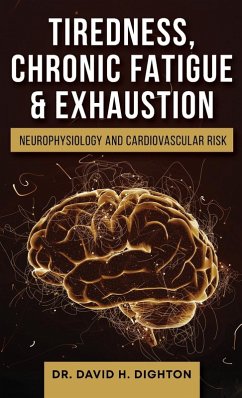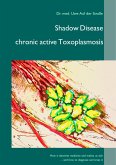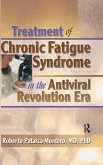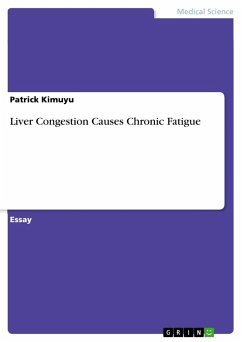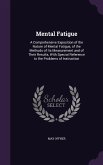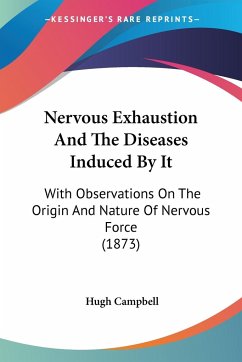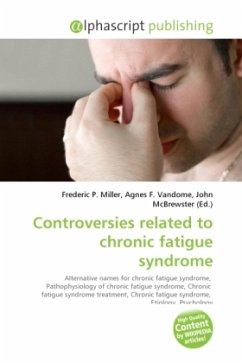Tiredness, fatigue, and exhaustion (TFE) affect millions of people in the UK and the USA, affecting lifestyle, productivity and road traffic accidents. Although they can result from age, unfitness, infection, heart failure, and hypothyroidism, they more often result from patient behaviour, home, and work relationships, social circumstances, and lifestyle stresses that cause disturbed sleep. Studying these factors allows some insight into the possible causes of the health divide. This study explores the neurophysiological mechanisms by which sleep restores - or fails to restore - perceived energy. A long period of tiredness, fatigue, and exhaustion can precede cardiac infarction, stroke, the onset of angina, and tachyarrhythmias. The presence of fatigue can make angina, heart failure, and hypertension more difficult to treat. Managing TFE effectively may help to reduce the likelihood of cardiovascular outcomes in those with established CVS risk factors. In the absence of any organic cause, a diagnosis of post-viral syndrome, chronic fatigue syndrome, or myalgic encephalitis (ME) is often made. For patients with known CVS disease, a family history of CVS disease, or hypertension, clinicians should conduct a CVS evaluation before accepting these diagnoses. Cardiovascular pathophysiology (endothelial inflammation, atherogenesis, hypercoagulability, hypertension, etc.) has features in common with some of the neurophysiological mechanisms causing TFE. Exploring the neurophysiological causes of TFE requires different scales of brain activity to be examined. These include molecular aspects (transmitters); neuronal aspects (conduction); neuronal pathway patterns ('connectomics'), and at the global scale, cerebral functioning. They are all considered here as they relate to wakefulness, executive functioning, and sleep disturbance. This book reviews various treatments and interventions for TFE. They include sedation, sleep therapy, psychotherapy, counselling, social change, and cognitive therapy for sleep (CBTi), along with cardiac therapeutic measures.
Bitte wählen Sie Ihr Anliegen aus.
Rechnungen
Retourenschein anfordern
Bestellstatus
Storno

